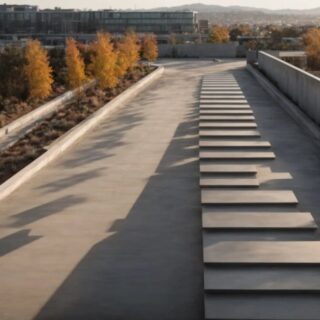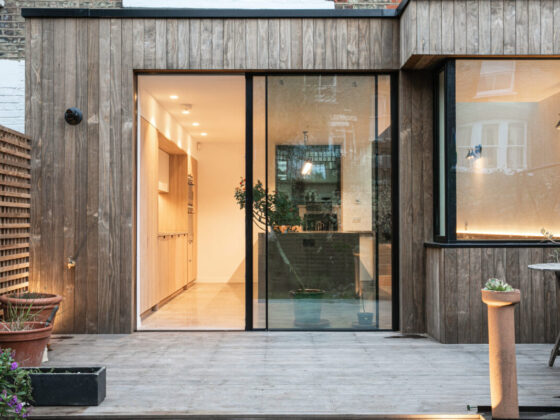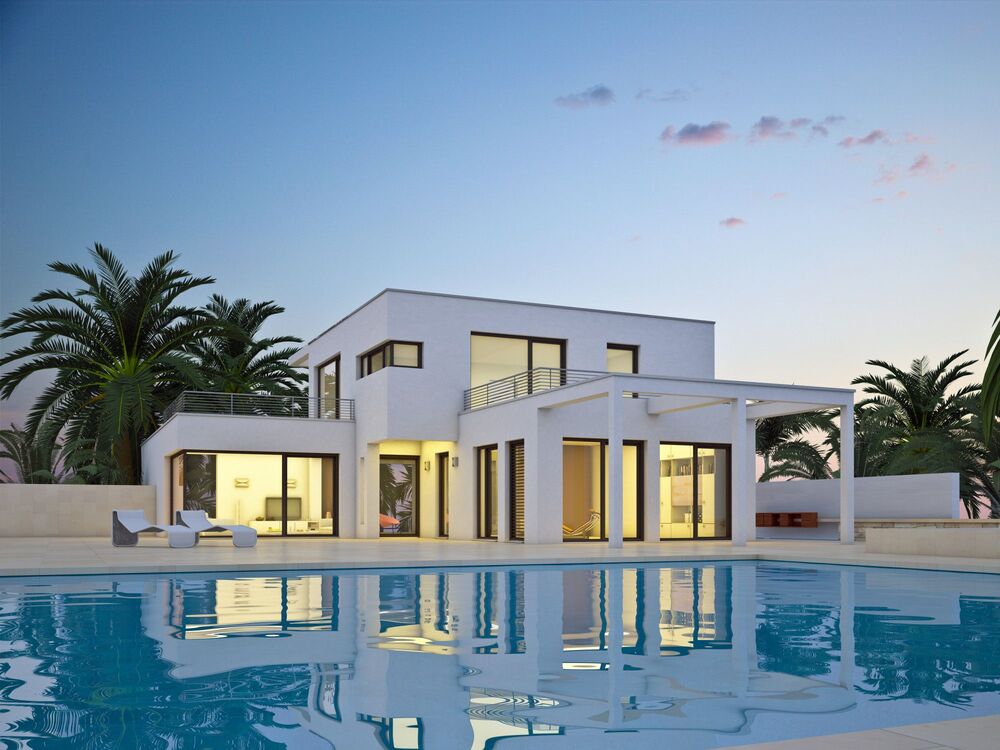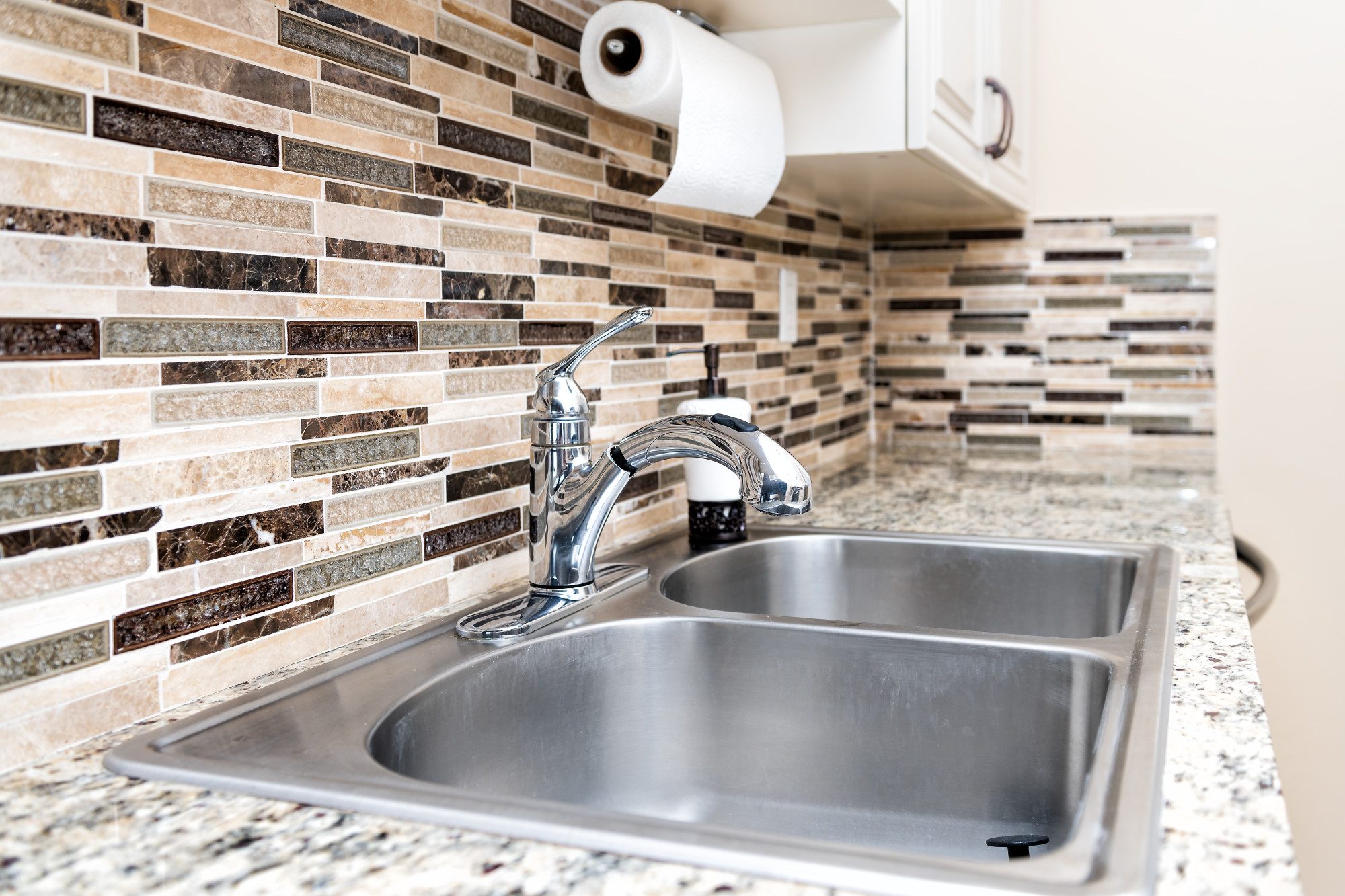Designing the perfect patio requires a blend of creativity, functional planning, and an understanding of the space you have available. Whether you’re aiming for a cozy corner to enjoy your morning coffee or a grand area for entertaining guests, the choices you make in design will shape your outdoor experiences for years to come. It’s essential to consider factors such as climate, usage, and your personal aesthetic to create a patio that’s not only beautiful but also comfortable and durable. Keep reading to discover how to make the most of your outdoor space, with tips and insights on everything from materials to lighting.
Selecting the Right Materials for Durability and Aesthetics
The materials you choose are vital for the longevity and visual appeal of your patio. Natural stone, concrete, brick, and wood are popular options; each offers distinct textures and colors, as well as varying degrees of durability and maintenance requirements. In regions with harsh weather conditions, it’s particularly important to choose materials that can withstand the elements without significant wear. Remember, it’s those personalized touches, such as Personalized Canvas Patio Signs, that bring character and uniqueness to your outdoor sanctuary.
Concrete is a versatile choice that can be stamped, colored, and finished to mimic higher-end materials at a lower cost. On the other hand, natural stone creates a timeless feel but often comes with a higher price tag and maintenance needs. When selecting woods, consider hardy types like cedar or teak, which resist rot and pests and tend to age beautifully.
For those who are ecologically minded, sustainable materials like reclaimed wood or recycled composite decking are excellent choices. Not only do these materials reduce environmental impact, but they also offer unique aesthetics and stories behind their origins. They can be a starting point for conversation when entertaining guests on your patio.
Incorporating Outdoor Furniture for Comfort and Style
When selecting outdoor furniture, think about how you envision spending time on your patio. Comfort and functionality should guide your choices, ensuring that the furniture supports your intended use. For example, deep seating with plush cushions is ideal for relaxation, while a bar setup with stools may suit those who love to entertain.
The style of outdoor furniture can range from traditional wicker pieces to sleek metal frames, all of which can complement the unique personality of your space. Consider the maintenance requirements of various materials—metals might require rust protection, while certain woods need regular treatment to maintain their finish. Investing in quality pieces will pay off in the long run, as they will be more likely to withstand the rigors of outdoor use.
One shouldn’t overlook the value of flexibility in outdoor furniture. Modular pieces that can be reconfigured can adapt to different occasions and numbers of guests. This versatility will make your patio an adaptable space for small family dinners or large gatherings alike.
Landscaping Ideas to Enhance Your Patio Space
The landscaping around your patio plays a critical role in creating an immersive outdoor environment. Consider adding shrubs, flowers, and trees that not only provide beauty but can also offer shade and privacy. Landscape design can be strategically used to frame your patio, draw attention to certain features, or create a natural transition from the patio to the surrounding yard.
Introducing greenery in planters and pots allows you to create layers of texture and color. This also provides the flexibility to change plants seasonally or as your taste evolves. For those with limited space, vertical gardens or trellises with climbing plants can add lushness and interest without taking up valuable patio floor space.
Lighting Techniques That Transform Your Patio at Night
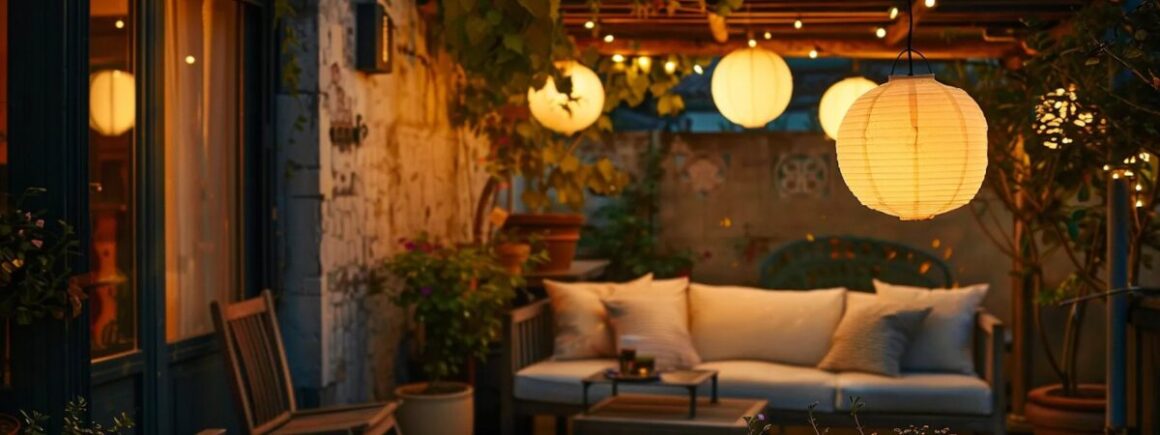
Effective lighting can transform your patio into a magical evening retreat. Start by considering safety and ensure that all walkways and steps are well-lit to prevent accidents. From there, you can explore ambient lighting options like fairy lights or lanterns that provide a soft glow and create a warm, welcoming atmosphere.
Task lighting is essential for areas like outdoor kitchens or dining spaces where functionality is key. Directional spotlights or pendant lights can be used to highlight these areas without overwhelming the rest of the patio with brightness. This targeted approach ensures practical spaces are usable after sundown while maintaining the overall ambiance.
Overall, designing your patio is about creating a space that reflects your style and meets your needs for outdoor living. With thoughtful consideration of design elements, materials, furniture, landscaping, and lighting, your patio can become an inviting extension of your home.


